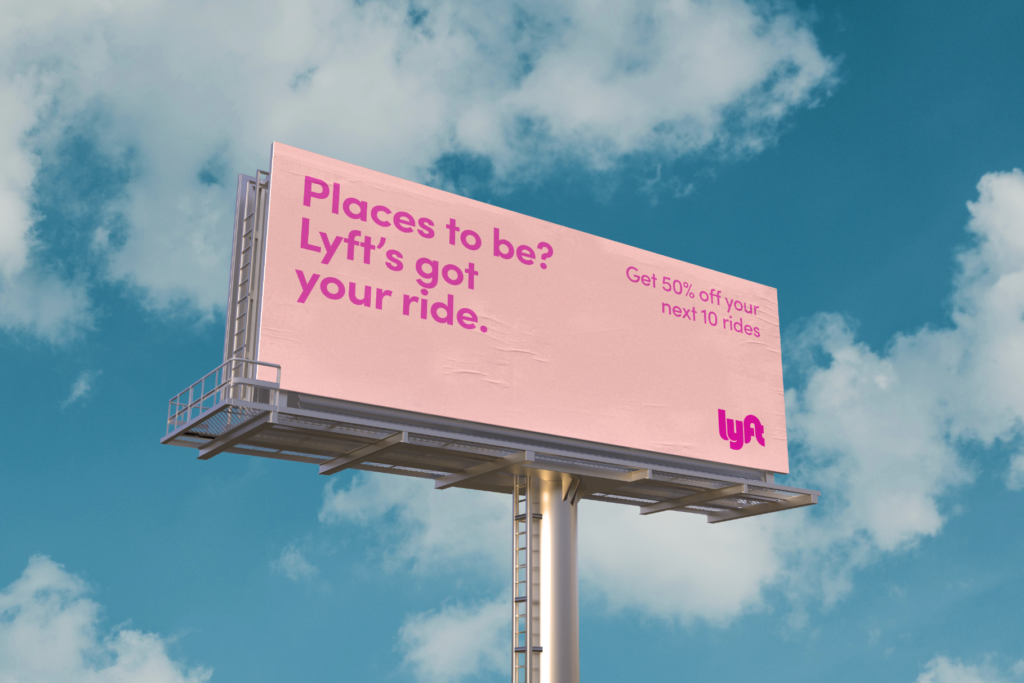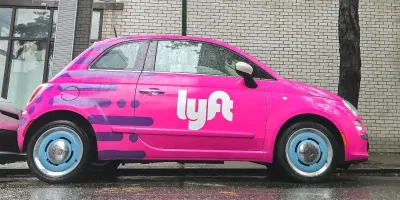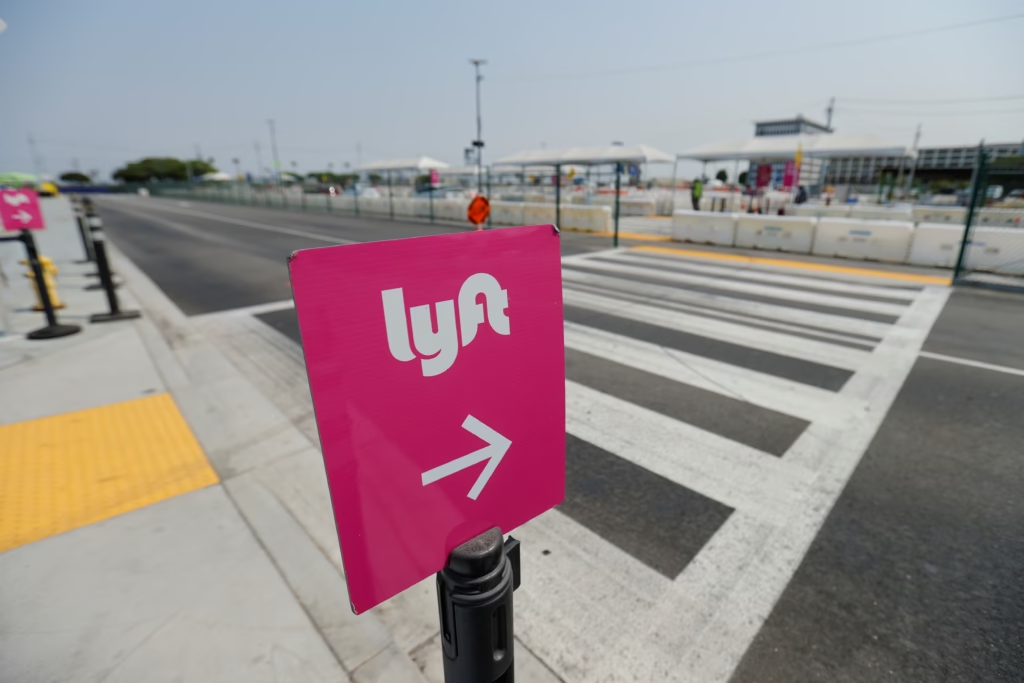Lyft business model is one of the most recognizable and innovative frameworks in the transportation industry. Starting in 2012, Lyft has grown into a household name in the United States, becoming Uber’s top competitor. But what exactly keeps this ride-share giant running? How does Lyft make money, and what strategies has it used to stay relevant in a highly competitive space?
In this article, we’ll break down the Lyft business model, including how it works, the services it offers, key revenue streams, recent changes, and how the company plans to grow in the future.
What is Lyft?
Lyft is a transportation network company (TNC) that connects riders with drivers through its mobile app. Founded by Logan Green and John Zimmer, Lyft began as a carpooling service and quickly expanded into a full-fledged ride-hailing platform.
Operating in hundreds of cities across the U.S. and Canada, Lyft provides not only standard ride-hailing services but also shared rides, bike and scooter rentals, and even partnerships with public transportation networks.
How the Lyft Business Model Works

At the heart of the Lyft business model is a two-sided marketplace:
- Drivers: Independent contractors who offer rides using their own vehicles.
- Riders: Customers who request transportation through the Lyft app.
Lyft acts as a platform that connects these two groups, charging a service fee on each ride. The model is largely asset-light, meaning Lyft doesn’t own vehicles or employ drivers, reducing operational overhead.
Key Services Offered by Lyft
Lyft’s success is tied to its growing list of services, which include:
1. Standard Lyft Rides
This is the basic service—on-demand rides in private vehicles. Users select a pickup and drop-off location, and Lyft matches them with a nearby driver.
2. Lyft Shared (Previously Line)
Riders traveling in the same direction can share a ride and split the cost. It’s a cheaper option and helps reduce vehicle congestion.
3. Lyft Lux and Lux Black
Premium ride options featuring luxury vehicles, professional drivers, and higher fares.
4. Lyft XL
This service accommodates larger groups (up to 6 passengers), ideal for families or group outings.
5. Lyft Rentals
Rent a car through the Lyft app without needing to visit a rental office. This service includes insurance and 24/7 roadside assistance.
6. Bikes and Scooters
In select cities, users can rent electric bikes or scooters for short-distance travel.
7. Public Transit Integration
Lyft is integrating local public transportation options into its app, helping users find bus or train schedules.
Revenue Streams in the Lyft Business Model

Lyft generates revenue through several channels:
1. Ride Commission
Lyft takes a commission from every ride—usually around 20–25%. The driver keeps the rest.
2. Service Fees
Extra charges like booking fees or surge pricing during peak hours add to Lyft’s revenue.
3. Lyft Rentals
Revenue from car rentals through Lyft’s partner agencies.
4. Subscription Services
Programs like Lyft Pink offer perks such as discounts and priority pickup for a monthly fee.
5. Bikes and Scooters
Rides through these micromobility services bring in smaller but consistent earnings.
6. Advertising and Brand Partnerships
Lyft partners with brands for in-app promotions, co-marketing, and sponsored campaigns.
The Role of Technology in Lyft’s Business Model
Technology powers every part of the Lyft business model, from real-time ride tracking to AI-based route optimization. Lyft’s platform includes:
- Matching Algorithm: Connects riders with the nearest available driver.
- Pricing Algorithm: Adjusts prices based on demand, time of day, and traffic.
- In-app Features: Real-time ETAs, driver ratings, tipping options, and safety tools.
Moreover, Lyft invests in autonomous vehicle technology through its Level 5 engineering team, and has partnered with companies like Motional and Waymo to test self-driving cars.
Cost Structure of Lyft
While Lyft is asset-light, it does incur significant operational costs:
- Driver Incentives: Bonuses and promotions to attract or retain drivers.
- Insurance: Covers liability for both passengers and drivers.
- R&D: Significant investments in technology and infrastructure.
- Marketing: Aggressive ad campaigns and rider discounts to gain market share.
- Regulatory Fees: Compliance with local transportation laws and taxes.
Challenges Facing Lyft

Even with a solid foundation, the Lyft business model has faced several hurdles:
1. Intense Competition
Uber remains the biggest competitor, with a broader global presence and more diversified offerings.
2. Driver Shortages
Post-pandemic, many ride-share drivers left the industry, leading to higher wait times and surge pricing.
3. Profitability
Lyft has struggled to consistently post profits due to high operating costs and thin margins.
4. Regulations
Cities and states are tightening rules on gig work, pushing Lyft to classify drivers as employees in some jurisdictions.
5. Autonomous Vehicles
The race to develop self-driving cars is expensive and uncertain, and Lyft has scaled back some of its ambitions in this area.
Lyft vs Uber: Key Differences
| Feature | Lyft | Uber |
|---|---|---|
| Market Focus | U.S. and Canada | Global |
| Delivery Services | Limited (Lyft Delivery) | Uber Eats (global) |
| Subscription Program | Lyft Pink | Uber One |
| Autonomous Vehicles | Motional & Waymo Partners | Acquired ATG (sold to Aurora) |
Lyft’s more focused regional strategy allows it to tailor services to local markets, but limits its global reach.
Lyft’s Sustainability Initiatives
As part of its long-term growth, Lyft is focusing on green initiatives, such as:
- 100% Electric Vehicle Pledge: Lyft aims to transition to a 100% electric fleet by 2030.
- Carbon Offsets: Lyft invests in projects that reduce carbon emissions.
- Bike and Scooter Programs: Designed to reduce short car trips and lower urban congestion.
These moves help position Lyft as a sustainability-conscious brand, which resonates with environmentally aware consumers.
The Future of the Lyft Business Model
Lyft’s roadmap includes:
- Expanding Micromobility: More bikes, more scooters, more cities.
- Enhancing Lyft Pink: Additional perks to boost recurring revenue.
- Public Transit Integration: One-stop transportation solutions inside the app.
- Exploring Delivery: Offering local delivery services beyond ride-sharing.
Despite its challenges, Lyft is determined to stay competitive by focusing on rider experience, smart partnerships, and tech innovation.
Final Thoughts
The Lyft business model has proven to be resilient, adaptive, and forward-looking. With its lean operation, strong regional focus, and continuous investment in tech, Lyft remains a major player in the ride-share industry. While it must navigate fierce competition and regulatory challenges, the company’s efforts toward sustainability, safety, and innovation keep it on a promising path.
Raed Next – Chevron Corporation Faces Global Energy Transition





